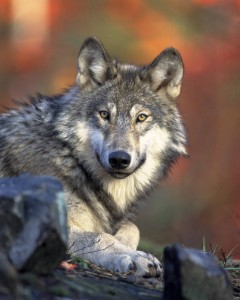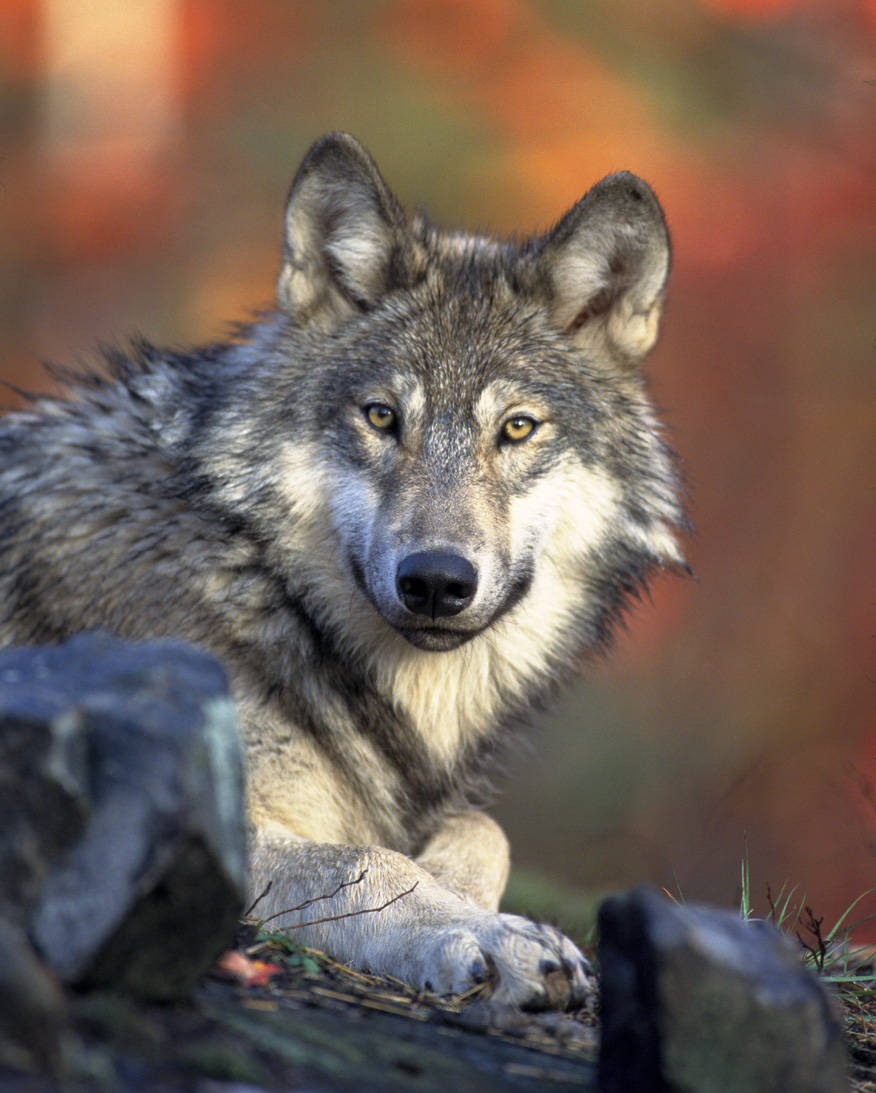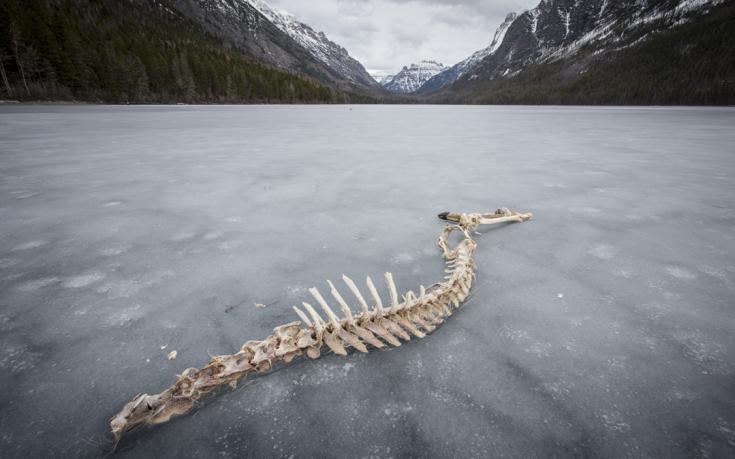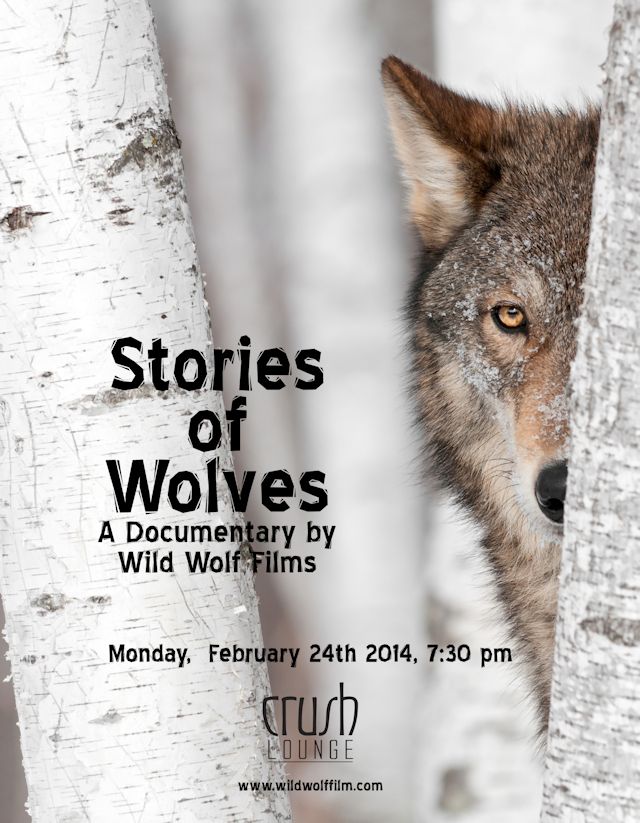Elke Duerr, a frequent visitor to the North Fork, is, among many other things, a filmmaker. She is showing a short video on coexistence of wolves and people at 7:00 p.m. on Monday, January 12, in the United Way conference room of the Gateway Community Center. Her press release has the details . . .
Coexistence Is Possible: Humans, Wild Animals and Nature
A look at our relationship to wild animals and the natural world from the perspective of Unity Consciousness
The greatness of a nation and its moral progress can be judged by the way its animals are treated.
— Mahatma Gandhi
If you talk to the animals, they will talk with you, and you will know each other.
If you do not talk to them, you will not know them and what you do not know, you will fear.
What one fears, one destroys.
— Chief Dan George, Tsleil-Waututh Nation
Elke Duerr is a bi-national filmmaker, conservationist, interspecies communicator and founder and director of the nonprofit Web of Life Foundation W.O.L.F. Drawing on her experience with endangered Mexican Gray Wolves and wild American Bison, Elke will present a short video about successful coexistence between wolves and humans at our January meeting.
Elke writes that our human relationship with wild animals and wilderness has historically been one of fear and preference for domesticated animals and tamed nature. She believes that to preserve all life forms on this planet, this story has to be rewritten to one of coexistence with each other with mutual respect. All life forms have roles to play in the ecosystem. We cannot just take out the ones we do not like, favor one over the other if we want to stay in balance.
Elke will explore with us different ways of coexisting peacefully with wild animal species, and a new story of why we all belong in the web of life. She will tell stories about how to conduct ourselves in a healthy way when we live with large wild animals as our neighbors, understanding who wild animals really are, and how old stories and myths have shaped our current relationships based on fear of them and what each one of us can contribute to change those stories.
Elke is currently editing a video project about our last endangered wild bison entitled “Bison Nation” and getting ready to publish a children’s book with teachers’ guide and curriculum concerning our successful coexistence with wolves. She loves to present her work with endangered wolves and bison and their role in the ecosystem in public and private schools and is now scheduling presentations in the larger community. To learn more about Elke’s work, visit weboflifefoundation.net.
Please join us at 7 pm on Monday, January 12, in the United Way conference room of the Gateway Community Center, Highway 2 West, Kalispell.



